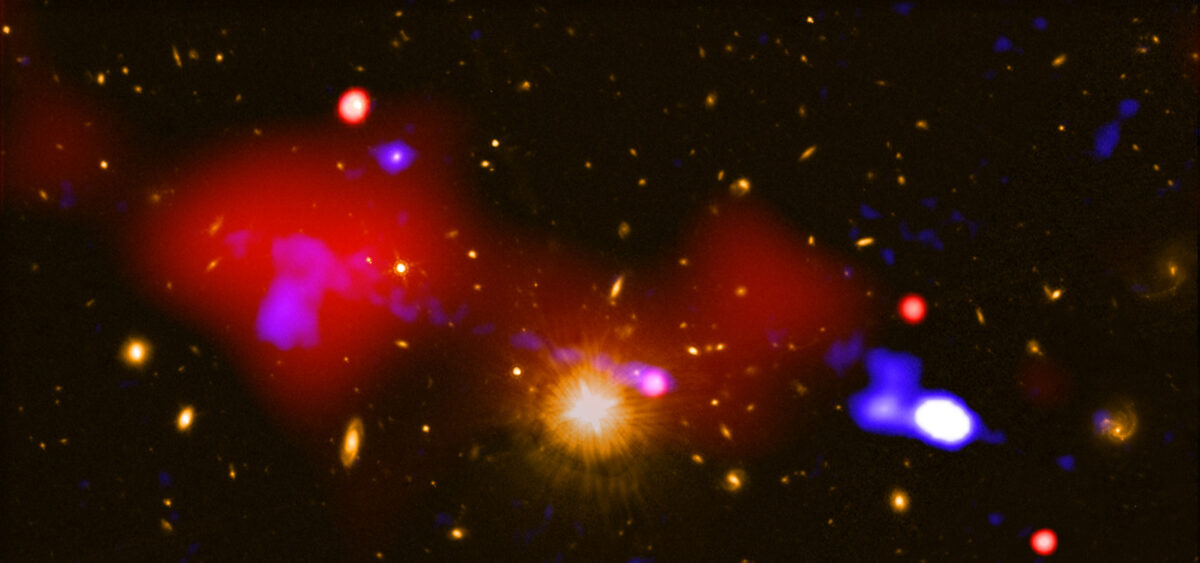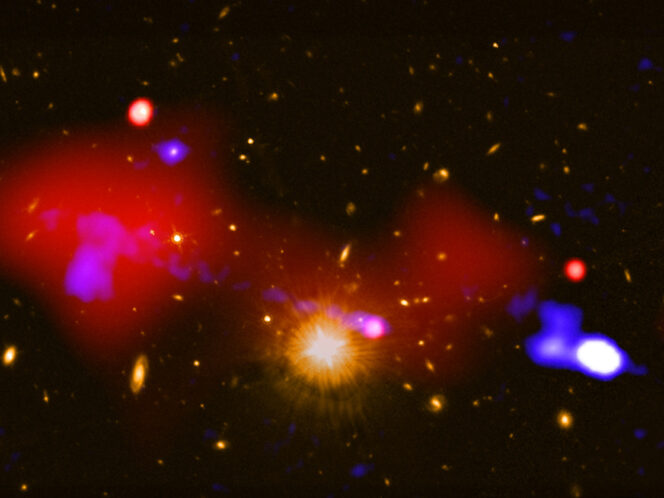
Dark companions, dark matter, dark energy: astronomy finds the invisible more interesting than that which glows.
Some statements sound trite, but they are worth uttering anyway; and once we do utter them, they turn out not to be so trite after all. Take the (quite obvious) idea that, throughout the bulk of its history, astronomy’s only research material has been electromagnetic radiation reaching the Earth from space. The last several decades of new technology and space flights are but a tiny fraction of history. Most of the time, what the human study of space amounted to was this: we watched the visible spectrum as it arrived from the sky (in the 20th century, we also had radio waves and other electromagnetic spectra to contemplate), trying to analyse and make sense of our observations.
Once we have reached that conclusion, we are only a step away from another semi-trite remark: it’s the glowing stuff that astronomers like the most; whether it’s an astral body’s own light (that of stars, galaxies or, to name a less obvious example, meteors) or reflected light (planets, comets or moons). There needs to be some sort of light if we are to observe the object directly. That which is dark (and thereby doesn’t radiate and is not within an electromagnetic spectrum we can grasp) can only be detected indirectly – and that obviously makes the whole








